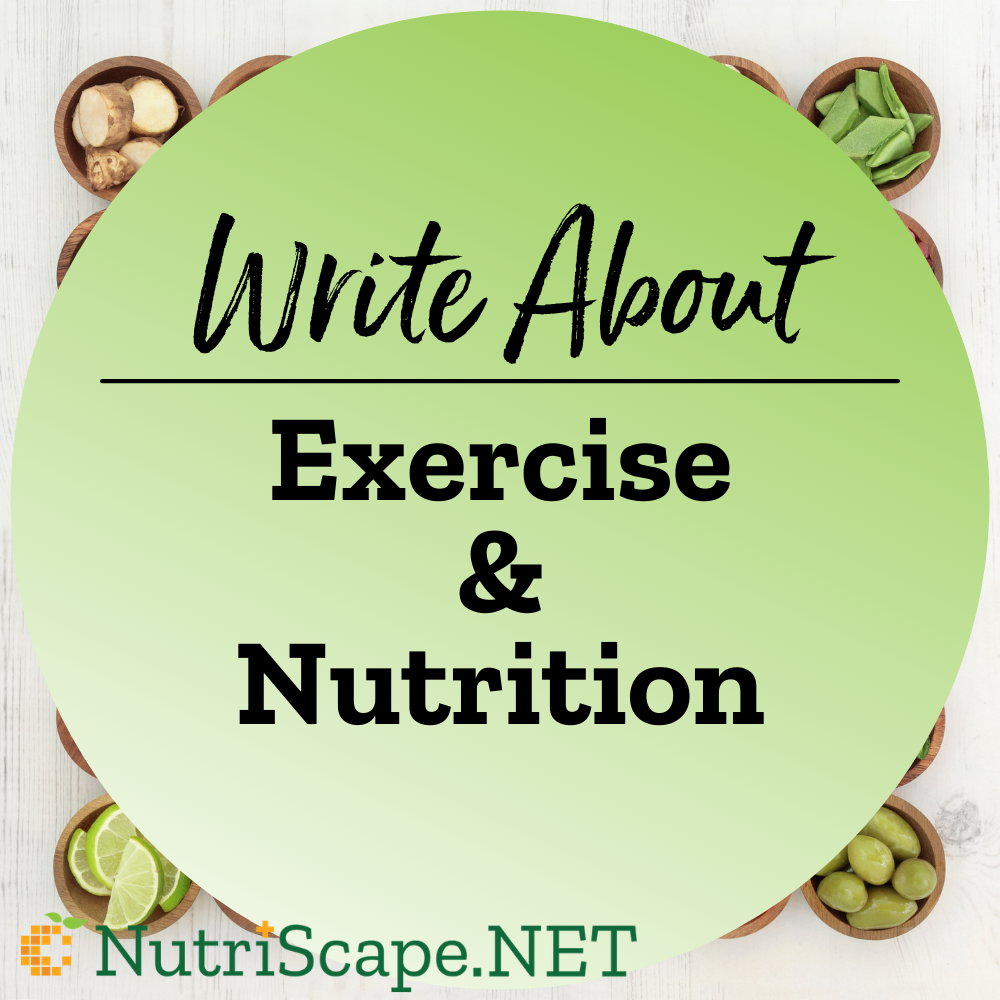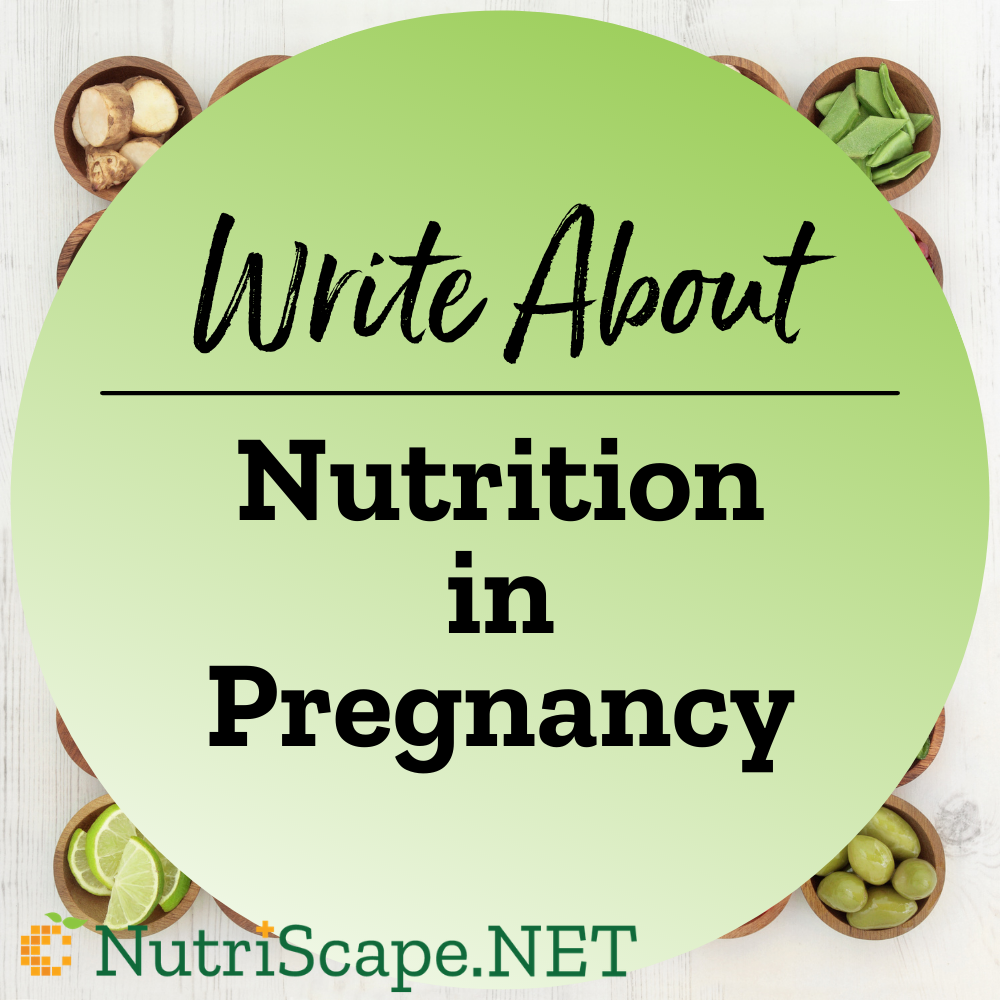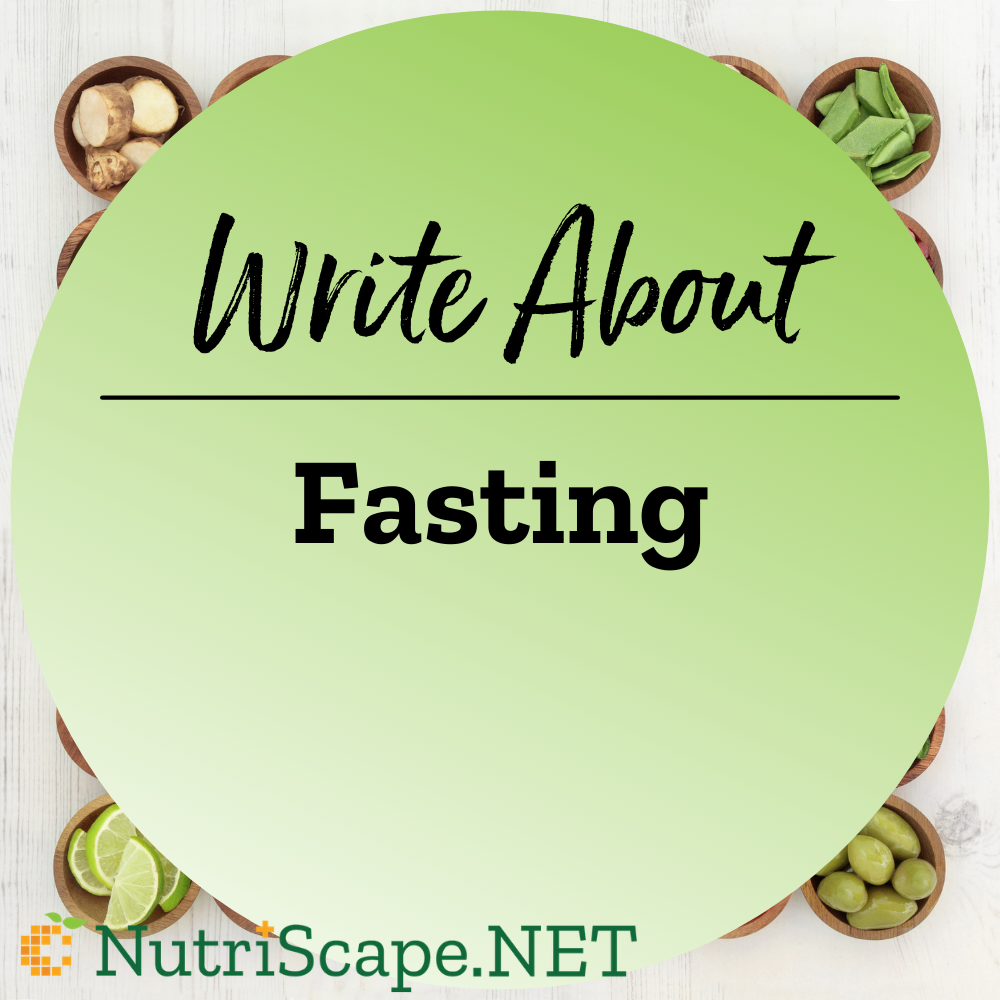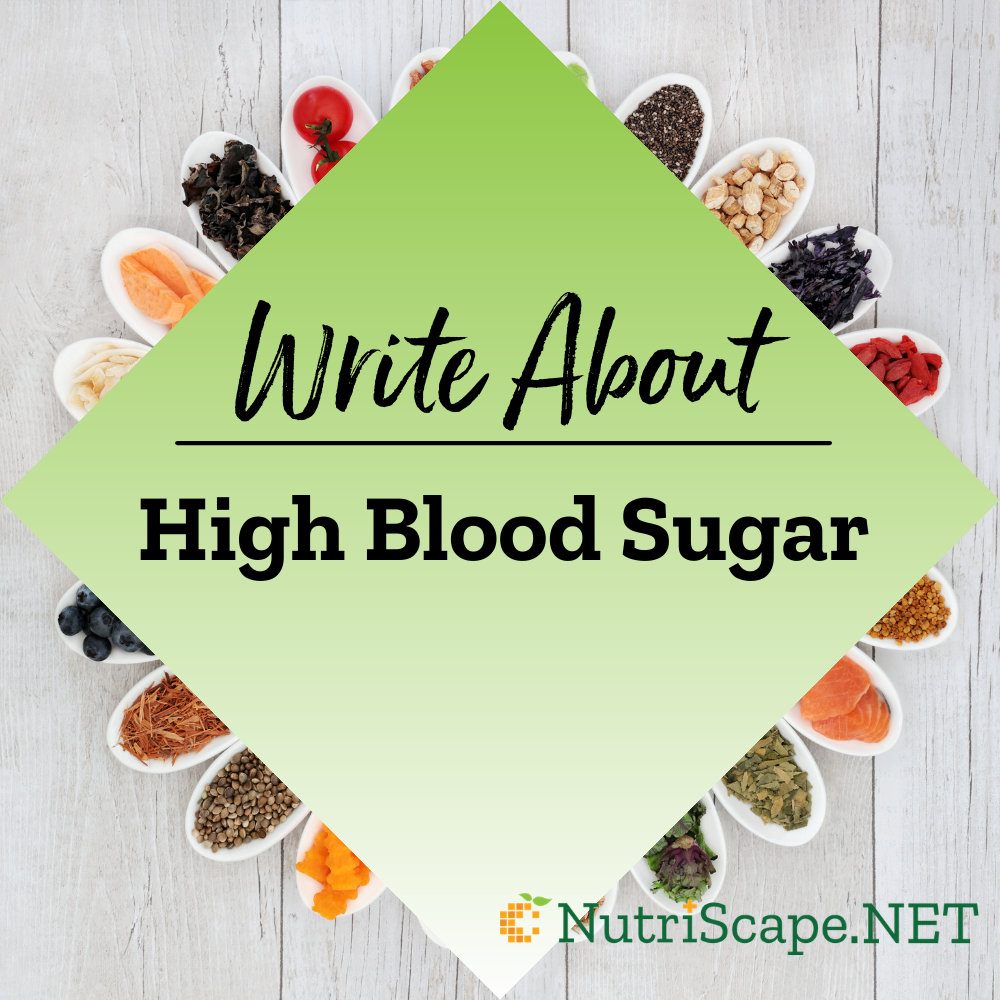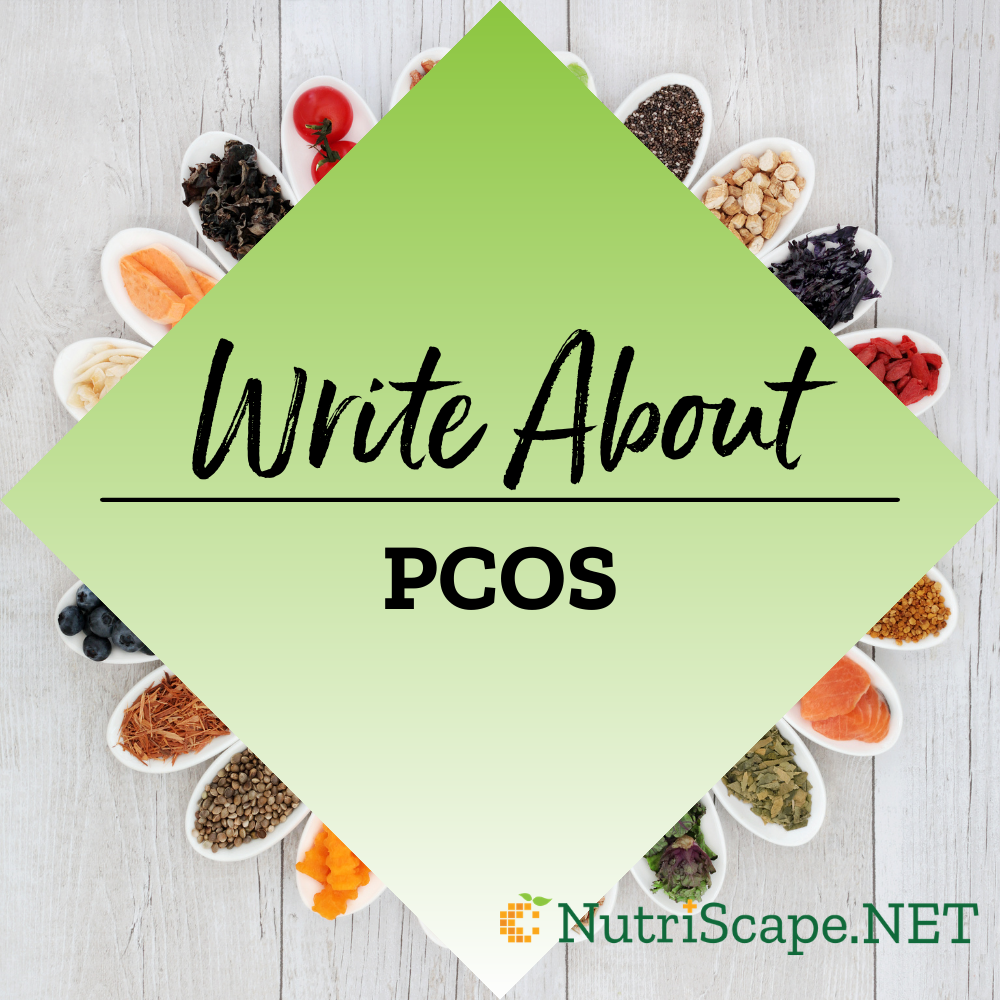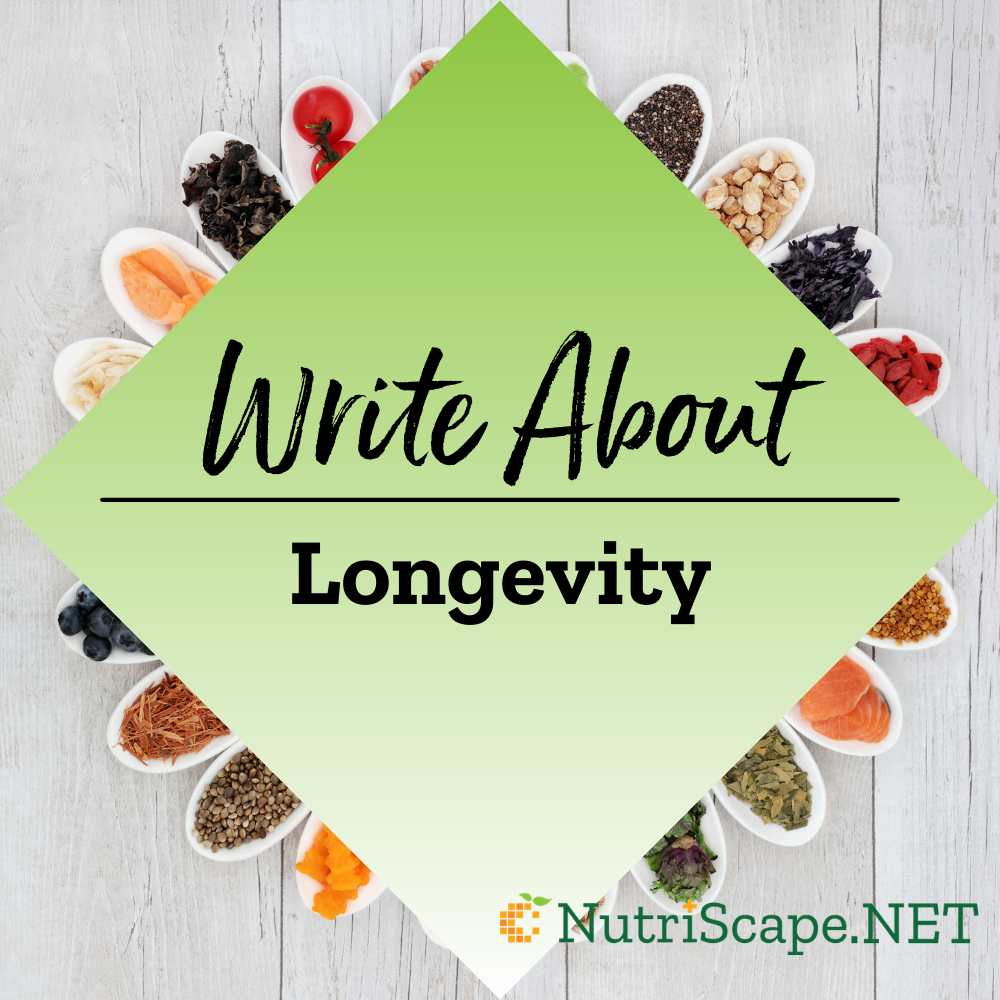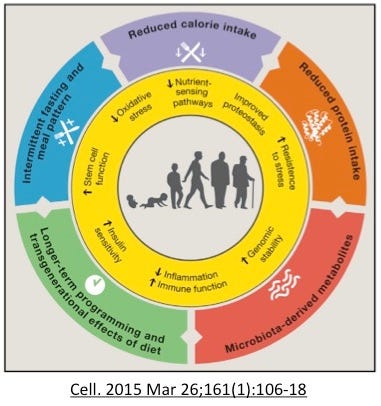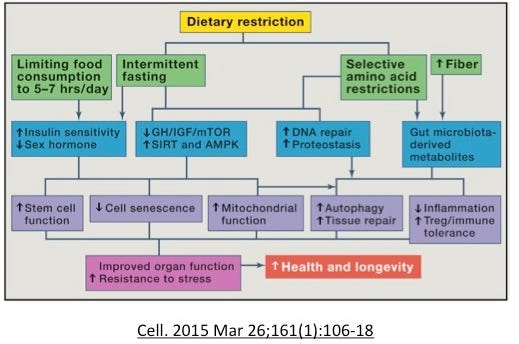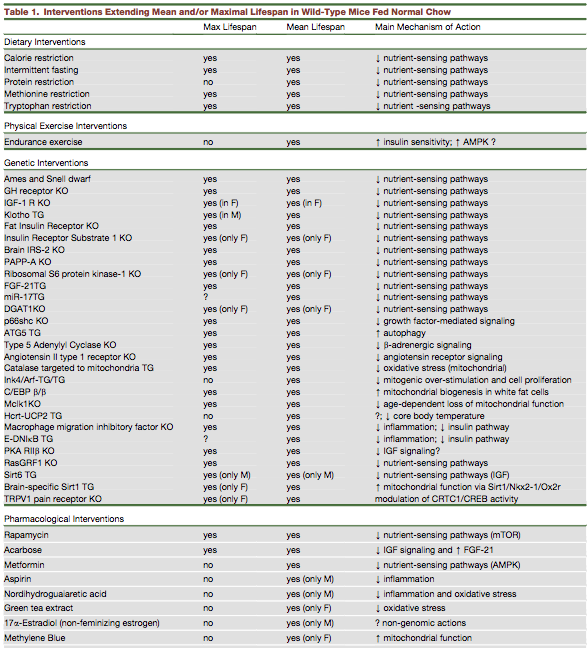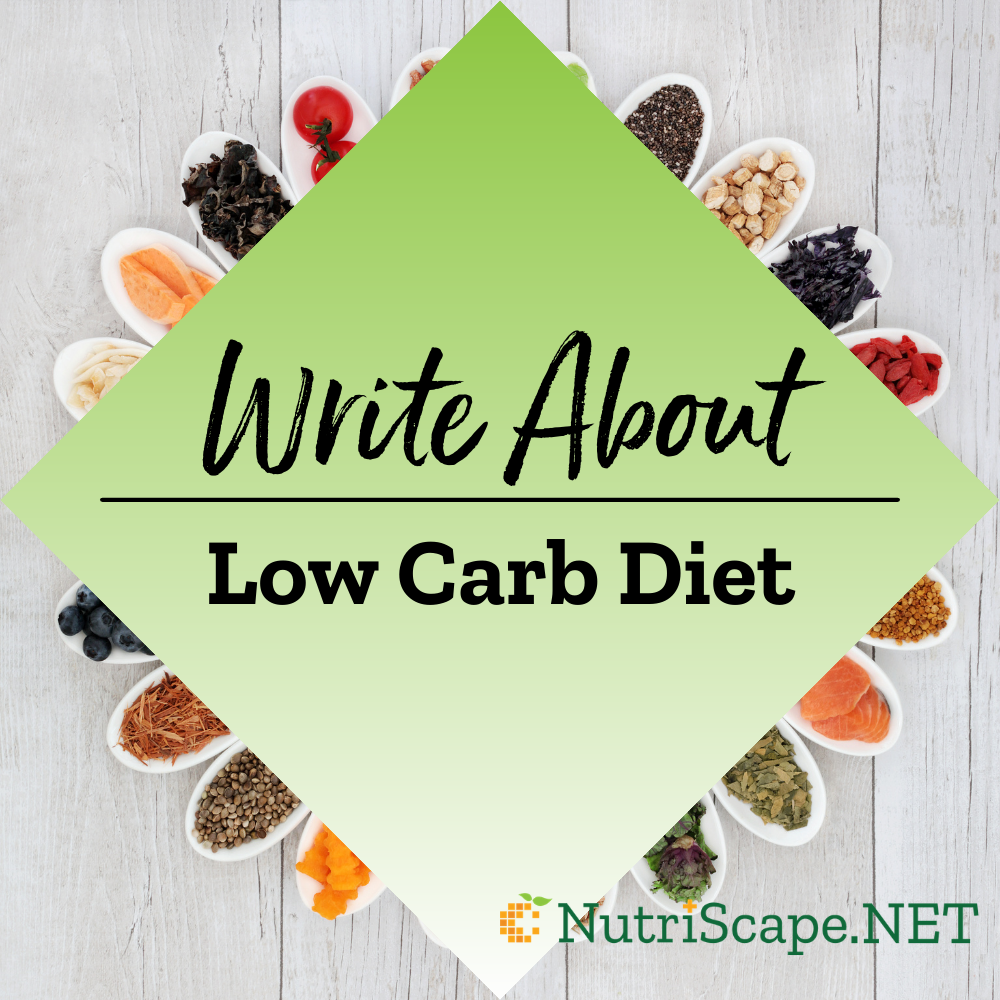NIH study provides clarity on supplements for protection against blinding eye disease
05/05/13
Normal vision
Normal vision
Adding omega-3 fatty acids did not improve a combination of nutritional supplements commonly recommended for treating age-related macular degeneration (AMD), a major cause of vision loss among older Americans, according to a study from the National Institutes of Health (NIH). The plant-derived antioxidants lutein and zeaxanthin also had no overall effect on AMD when added to the combination; however, they were safer than the related antioxidant beta-carotene, according to the study published online today in the Journal of the American Medical Association.
“Millions of older Americans take nutritional supplements to protect their sight without clear guidance regarding benefit and risk,” said NEI director Paul A. Sieving, M.D., Ph.D. “This study clarifies the role of supplements in helping prevent advanced AMD, an incurable, common, and devastating disease that robs older people of their sight and independence.”
The Age-Related Eye Disease Study (AREDS), which was led by NIH’s National Eye Institute and concluded in 2001, established that daily high doses of vitamins C and E, beta-carotene, and the minerals zinc and copper—called the AREDS formulation—can help slow the progression to advanced AMD. The American Academy of Ophthalmology now recommends use of the AREDS formulation to reduce the risk of advanced AMD. However, beta-carotene use has been linked to a heightened risk of lung cancer in smokers. And there have been concerns that the high zinc dose in AREDS could cause minor side effects, such as stomach upset, in some people.
In 2006 the NEI launched AREDS2, a five-year study designed to test whether the original AREDS formulation could be improved by adding omega-3 fatty acids; adding lutein and zeaxanthin; removing beta-carotene; or reducing zinc. The study also examined how different combinations of the supplements performed. Omega-3 fatty acids are produced by plants, including algae, and are present in oily fish such as salmon. Lutein and zeaxanthin are carotenoids, a class of plant-derived vitamins that includes beta-carotene; both are present in leafy green vegetables and, when consumed, they accumulate in the retina. Prior studies had suggested that diets high in lutein, zeaxanthin, and omega-3 fatty acids protect vision. Before the AREDS2 study finished, manufacturers began marketing supplements based on the study design.
In AREDS2, participants took one of four AREDS formulations daily for five years. The original AREDS included 500 milligrams vitamin C, 400 international units of vitamin E, 15 milligrams beta-carotene, 80 milligrams zinc, and two milligrams copper. Other groups took AREDS with no beta-carotene, AREDS with low zinc (25 milligrams), or AREDS with no beta-carotene and low zinc. Participants in each AREDS group also took one of four additional supplements or combinations: these included lutein/zeaxanthin (10 milligrams/2 milligrams), omega-3 fatty acids (1,000 milligrams), lutein/zeaxanthin and omega-3 fatty acids, or placebo. Progression to advanced AMD was established by examination of retina photographs or treatment for advanced AMD.
AMD breaks down cells in the layer of tissue called the retina in the back of the eye that provide sharp central vision, which is necessary for tasks such as reading, driving, and recognizing faces. Advanced AMD can lead to significant vision loss and, in the United States, is the leading cause of blindness. About 2 million Americans have advanced AMD; another 8 million are at risk.
In the first AREDS trial, participants with AMD who took the AREDS formulation were 25 percent less likely to progress to advanced AMD over the five-year study period, compared with participants who took a placebo. In AREDS2, there was no overall additional benefit from adding omega-3 fatty acids or a 5-to-1 mixture of lutein and zeaxanthin to the formulation. However, the investigators did find some benefits when they analyzed two subgroups of participants: those not given beta-carotene, and those who had very little lutein and zeaxanthin in their diets.
“When we looked at just those participants in the study who took an AREDS formulation with lutein and zeaxanthin but no beta-carotene, their risk of developing advanced AMD over the five years of the study was reduced by about 18 percent, compared with participants who took an AREDS formulation with beta-carotene but no lutein or zeaxanthin,” said Emily Chew, M.D., deputy director of the NEI Division of Epidemiology and Clinical Applications and the NEI deputy clinical director. “Further analysis showed that participants with low dietary intake of lutein and zeaxanthin at the start of the study, but who took an AREDS formulation with lutein and zeaxanthin during the study, were about 25 percent less likely to develop advanced AMD compared with participants with similar dietary intake who did not take lutein and zeaxanthin.”
Because carotenoids can compete with each other for absorption in the body, beta-carotene may have masked the effect of the lutein and zeaxanthin in the overall analysis, Chew said. Indeed, participants who took all three nutrients had lower levels of lutein and zeaxanthin in their blood compared to participants who took lutein and zeaxanthin without beta-carotene.
Removing beta-carotene from the AREDS formulation did not curb the formulation’s protective effect against developing advanced AMD, an important finding because several studies have linked taking high doses of beta-carotene with a higher risk of lung cancer in smokers. Although smokers were not given a formulation with beta-carotene in AREDS2, the study showed an association between beta-carotene and risk of lung cancer among former smokers. About half of AREDS2 participants were former smokers. “Removing beta-carotene simplifies things,” said Wai T. Wong, M.D., Ph.D., chief of the NEI Neuron-Glia Interactions in Retinal Disease Unit and a co-author of the report. “We have identified a formulation that should be good for everyone regardless of smoking status,” he said. Adding omega-3 fatty acids or lowering zinc to the AREDS formulation also had no effect on AMD progression.
More than 4,000 people, ages 50 to 85 years, who were at risk for advanced AMD participated in AREDS2 at 82 clinical sites across the country. Eye care professionals assess risk of developing advanced AMD in part by looking for yellow deposits called drusen in the retina. The appearance of small drusen is a normal part of aging, but the presence of larger drusen indicates AMD and a risk of associated vision loss. Over time, the retina begins to break down in areas where large drusen are present during a process called geographic atrophy. AMD can also spur the growth of new blood vessels beneath the retina, which can leak blood and fluid, resulting in sudden vision loss. These two forms of AMD are often referred to as dry AMD and wet AMD respectively.
In a separate study, published online today in JAMA Ophthalmology, the AREDS2 Research Group evaluated the effect of the various AREDS formulas on cataract, a common condition caused by clouding of the eye’s lens. Globally, cataract is the most common cause of blindness and is a major health problem in areas where cataract surgery is unavailable or unaffordable. About 24.4 million Americans are directly affected by cataract.
As reported in 2001, the original AREDS formulation does not protect against cataract. In AREDS2, none of the modified formulations helped reduce the risk of progression to cataract surgery, although a subgroup of participants with low dietary lutein and zeaxanthin gained some protection. “While a healthy diet promotes good eye health and general well-being, based on overall AREDS2 data, regular high doses of antioxidant supplements do not prevent cataract,” Chew said.
Many factors contribute to the development of AMD and cataract, including genetics, diet, and smoking. Scientists are unsure how supplements in the AREDS formulation exert their protective effects. However, an April 2013 report in the journal Ophthalmology by the AREDS Research Group shows the beneficial effects of taking the AREDS vitamins are long-lasting. The report describes a follow-up study of AREDS participants. Those who took the AREDS formulation during the initial five-year trial were 25 to 30 percent less likely to develop advanced AMD—mostly due to a reduction in the number of neovascular, or wet, AMD cases—over the next five years, compared with participants who took placebo during AREDS. Seventy percent of all participants were taking the original AREDS formula by the end of the follow-up period.
“Long-term use of AREDS supplements appears safe and protective against advanced AMD,” said Chew. “While zinc is an important component of the AREDS formulation, based on evidence from AREDS2 it is unclear how much zinc is necessary. Omega-3 fatty acids and beta-carotene clearly do not reduce the risk of progression to advanced AMD; however, adding lutein and zeaxanthin in place of beta-carotene may further improve the formulation.”
The AREDS2 study results provide physicians and patients with new information about preventing vision loss from AMD. People over 60 years old should get a dilated eye exam at least once a year and should discuss with their eye care professional whether taking AREDS supplements is appropriate.
For more information about AREDS2, visit www.nei.nih.gov/areds2.
The research described in this news release was supported by the NEI Intramural Research Program and contracts N01-EY-5-0007, N01-EY-0-2127, HHS-N-260-2005-00007-C. Additional research funds were provided by the National Institute of Neurological Disorders and Stroke; the National Institute on Aging; the National Heart, Lung, and Blood Institute; the National Center for Complementary and Alternative Medicine; and the NIH Office of Dietary Supplements.
The AREDS follow-up is registered in www.ClinicalTrials.gov (link is external) as NCT00594672. AREDS2 is registered as NCT00345176.
References:
AREDS2 Research Group. “Lutein/Zeaxanthin and Omega-3 Fatty Acids for Age-Related Macular Degeneration. The Age-Related Eye Disease Study 2 (AREDS2) Controlled Randomized Clinical Trial.” JAMA, published online May 5, 2013.
AREDS2 Research Group. “Lutein/Zeaxanthin for the Treatment of Age-Related Cataract.” JAMA Ophthalmology, published online May 5, 2013.
Chew et al. “Long-Term Effects of Vitamins C, E, Beta-Carotene and Zinc on Age-Related Macular Degeneration.” Ophthalmology, published online April 11, 2013.
Contact:
National Eye Institute
(301) 496-5248
neinews@nei.nih.gov
Source Article from NIH
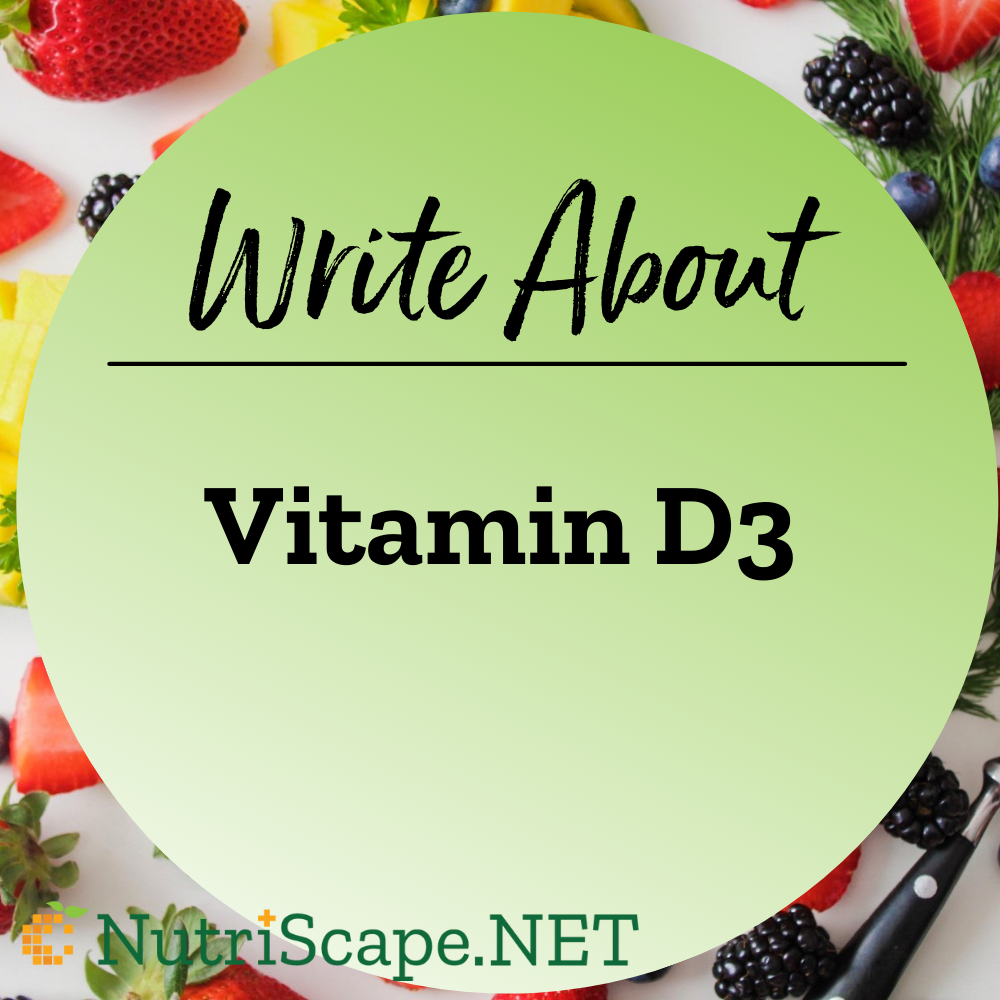

 Scan Me!
Scan Me!



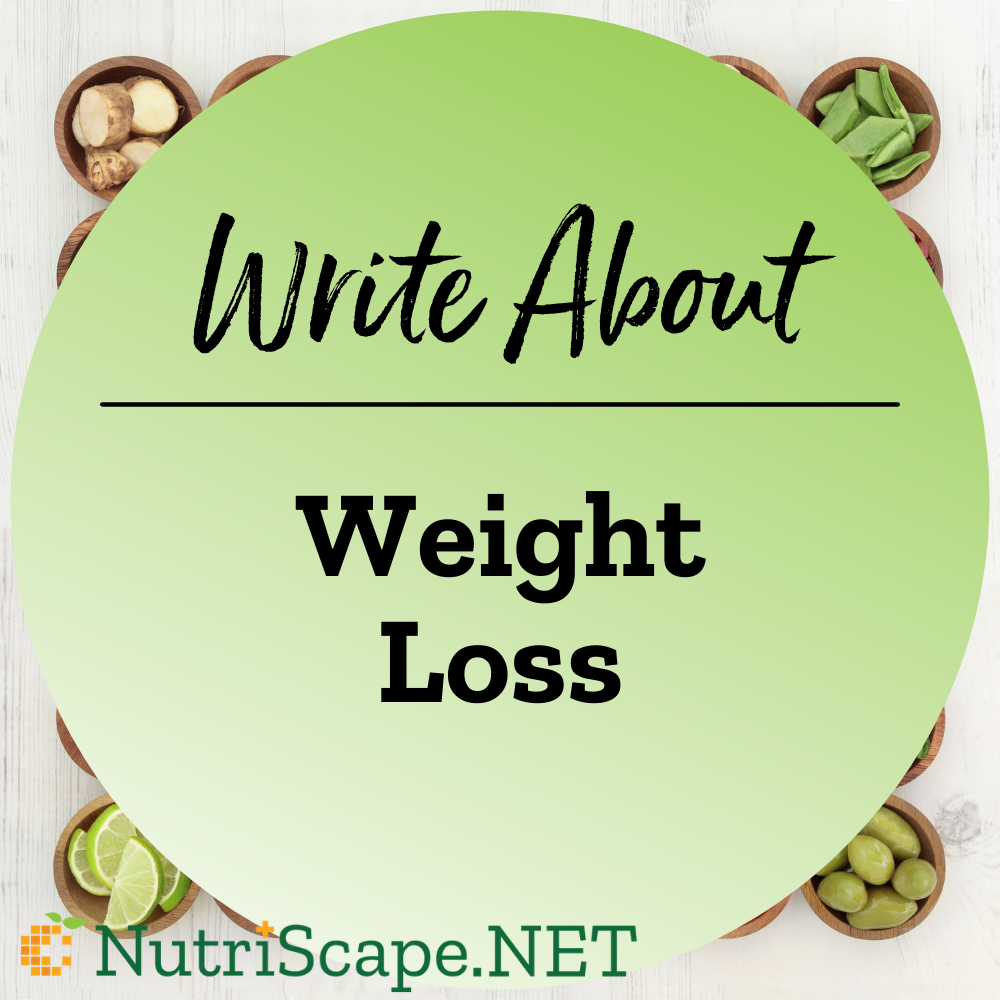

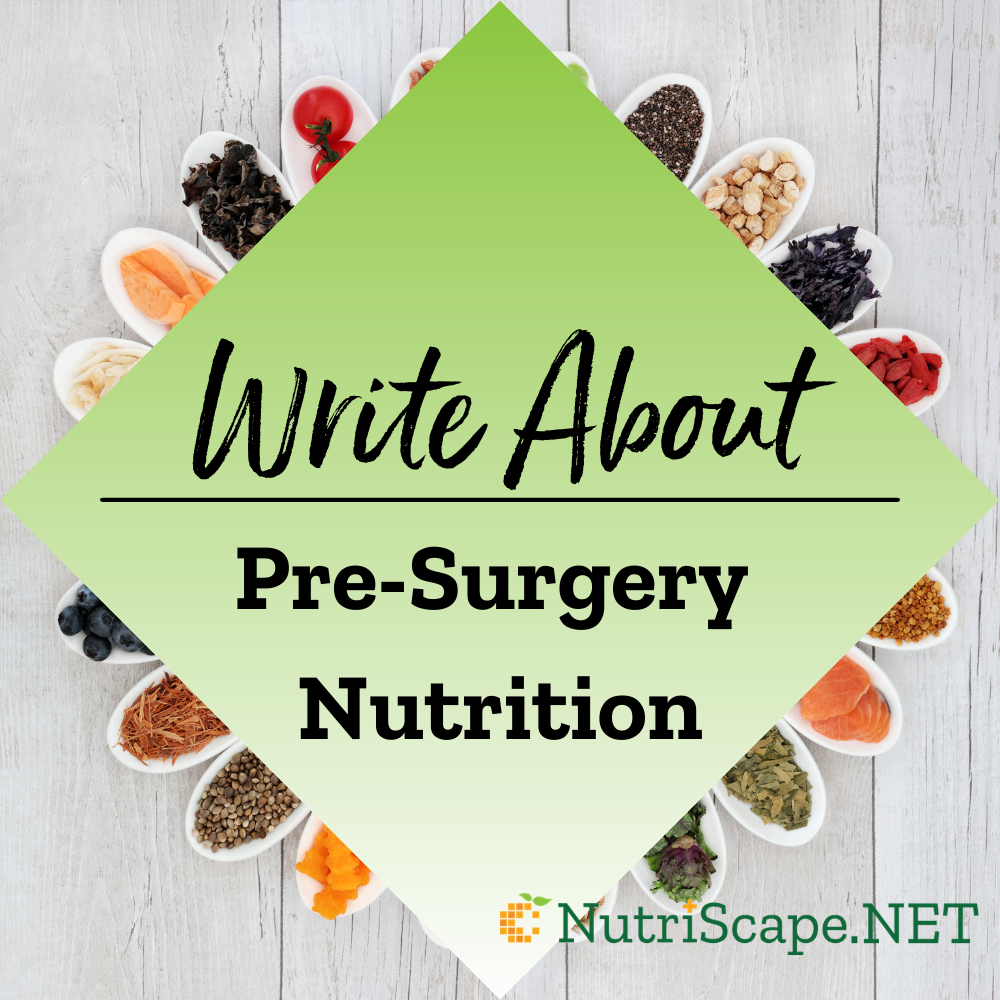

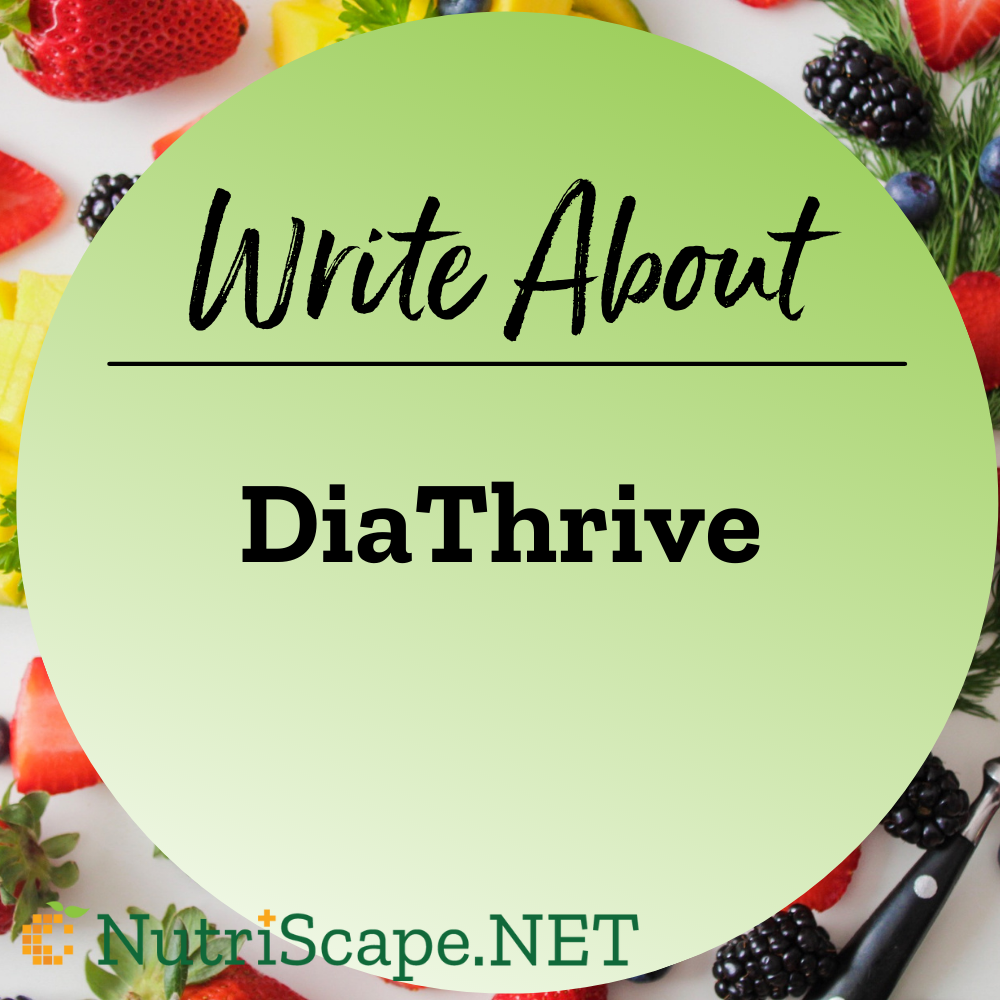

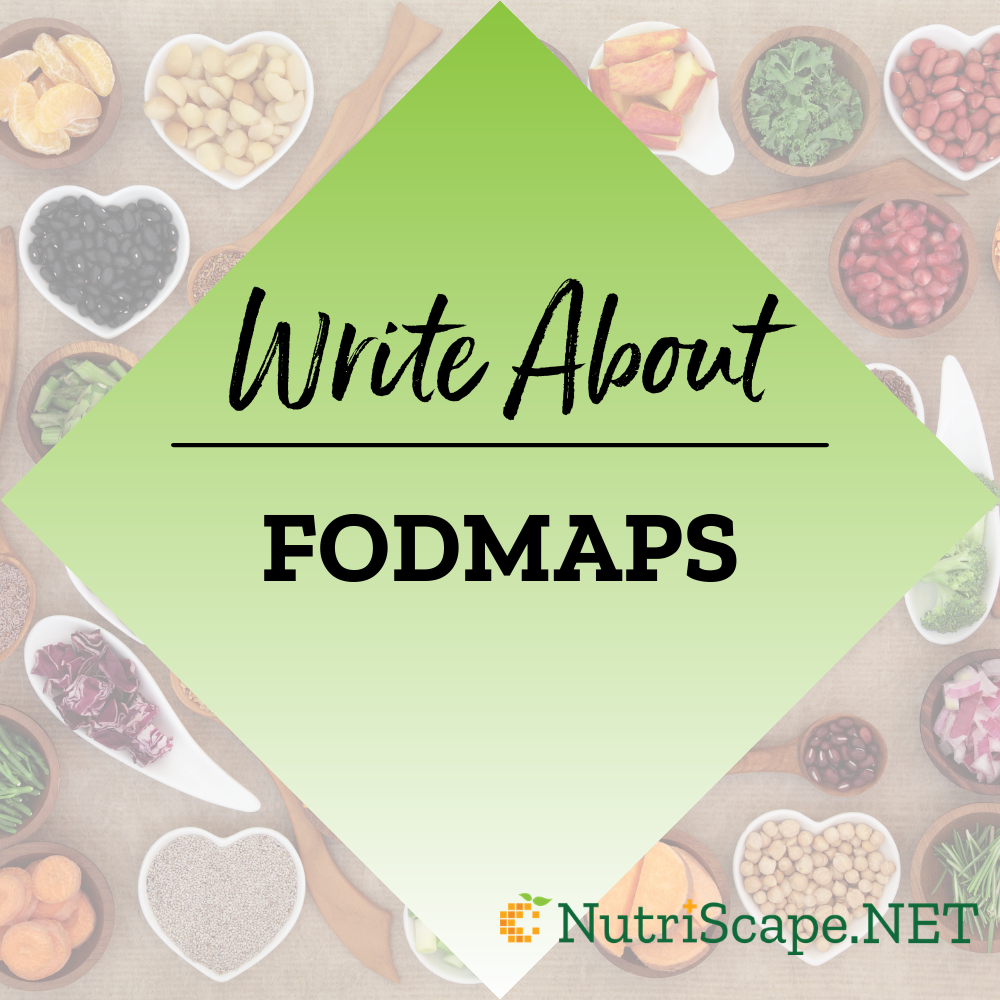
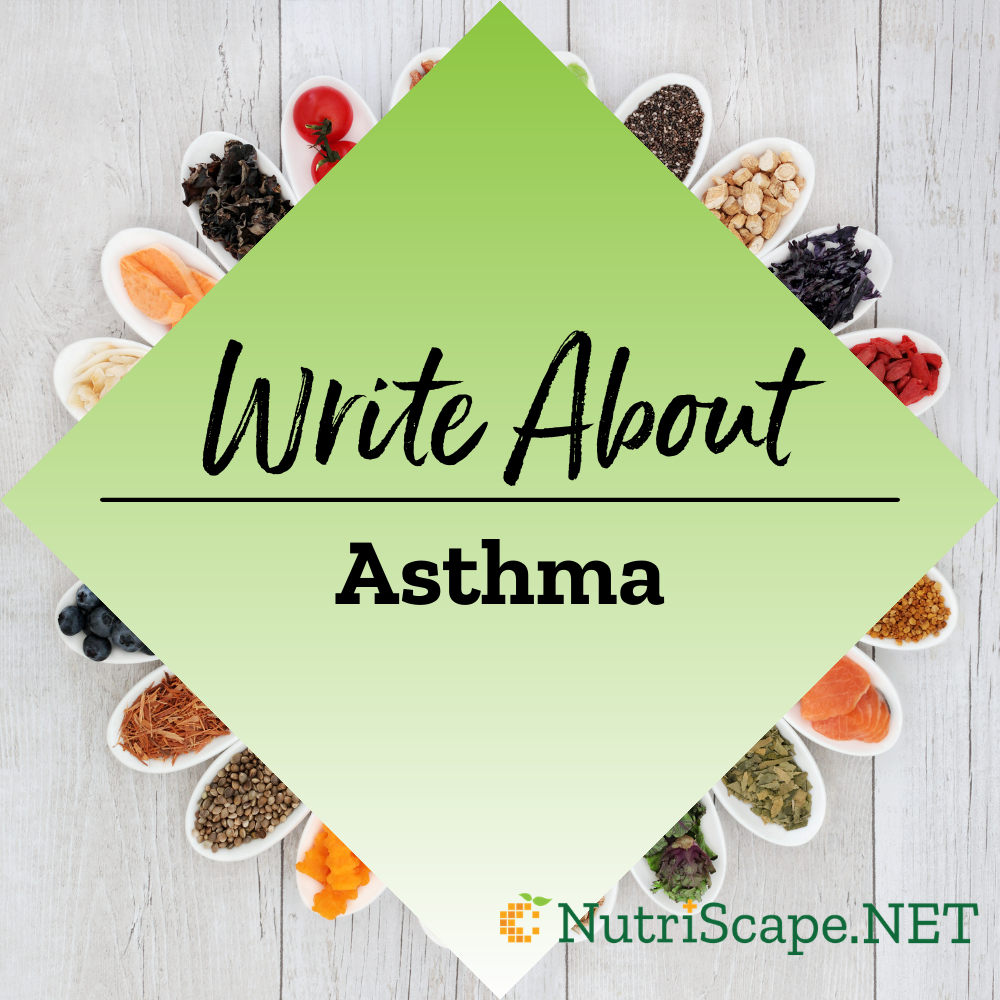





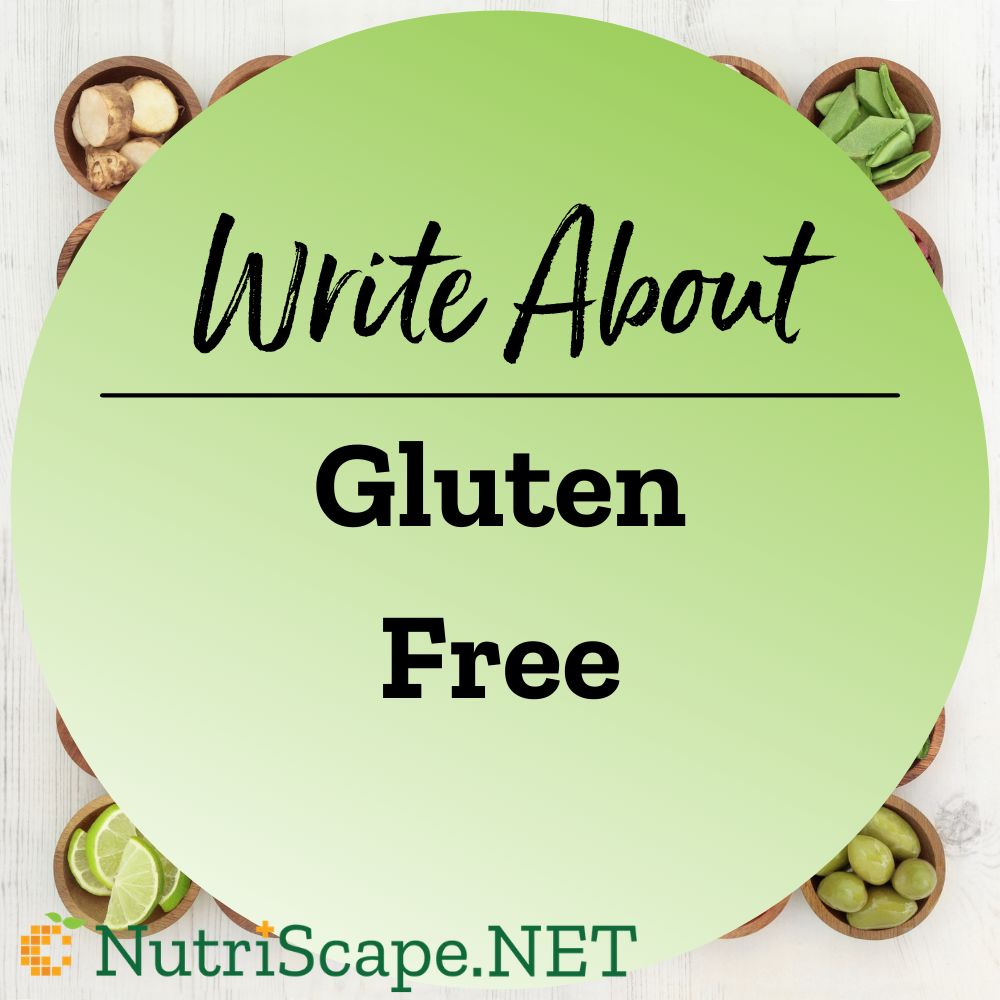




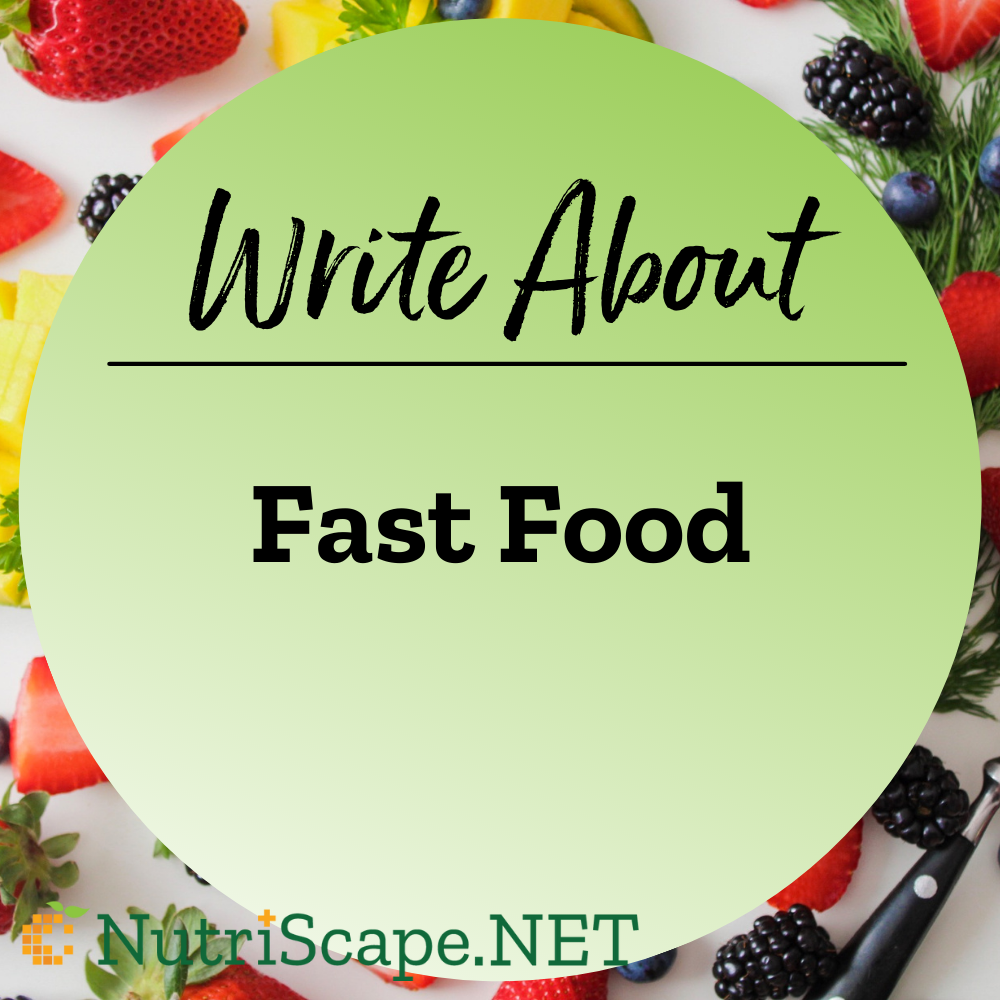







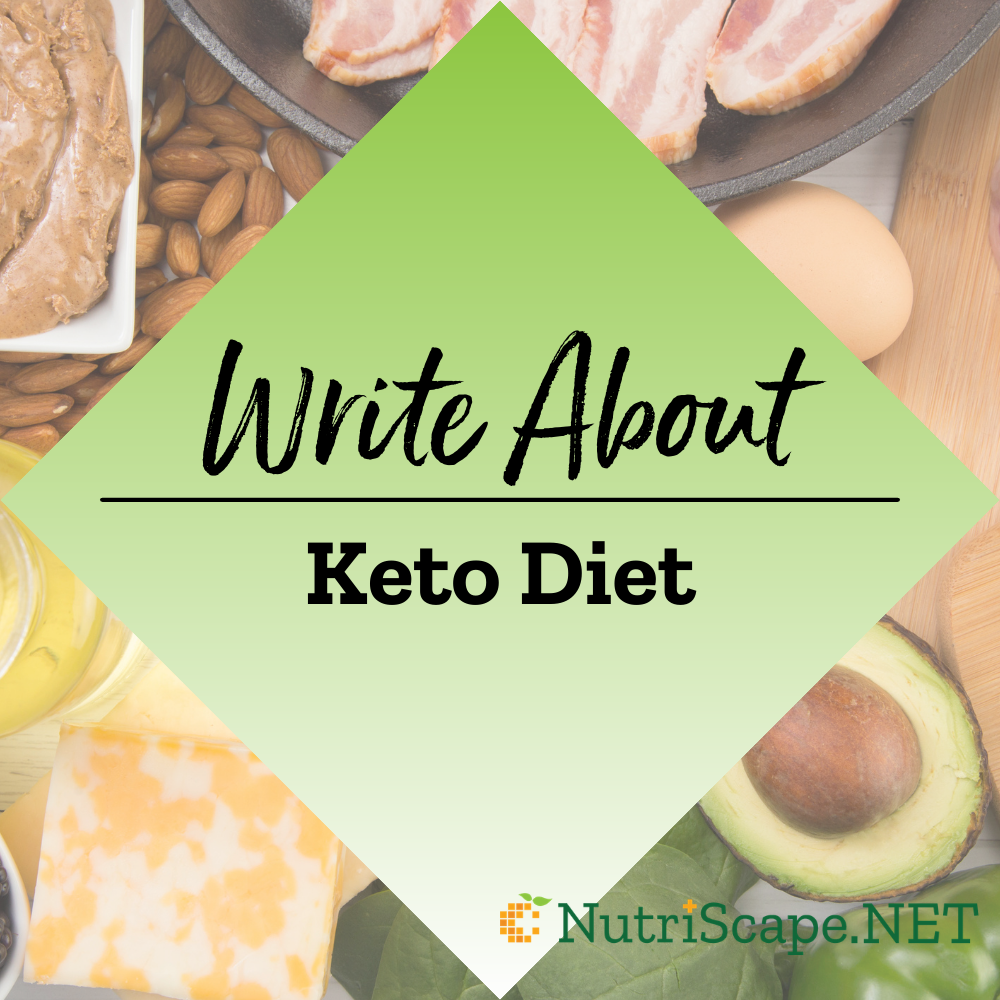








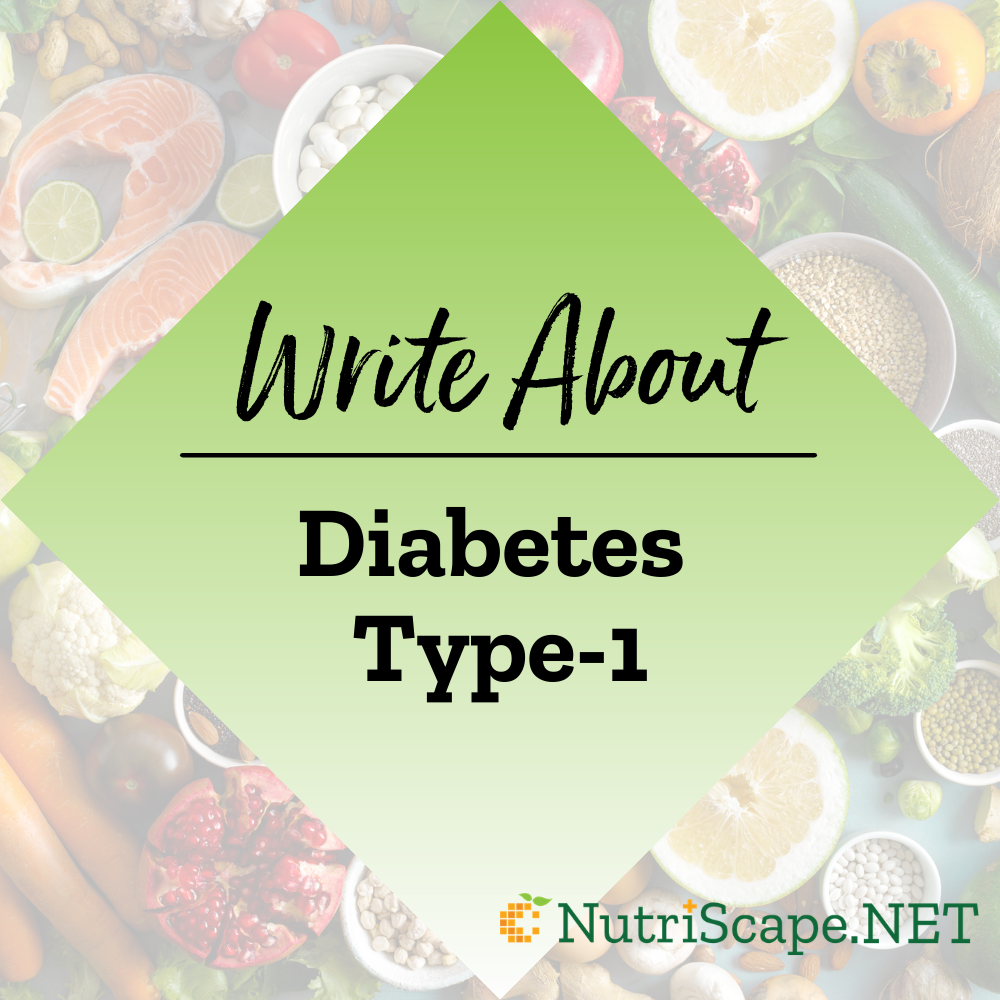
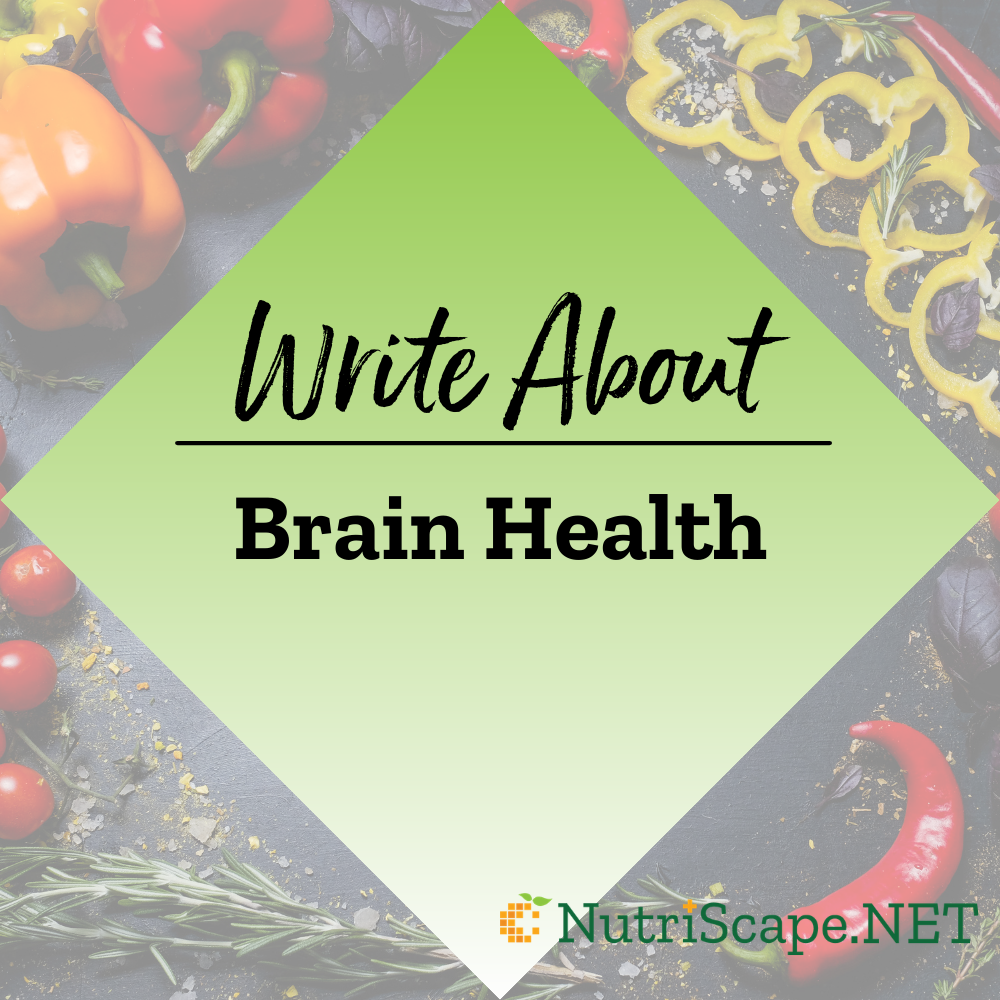

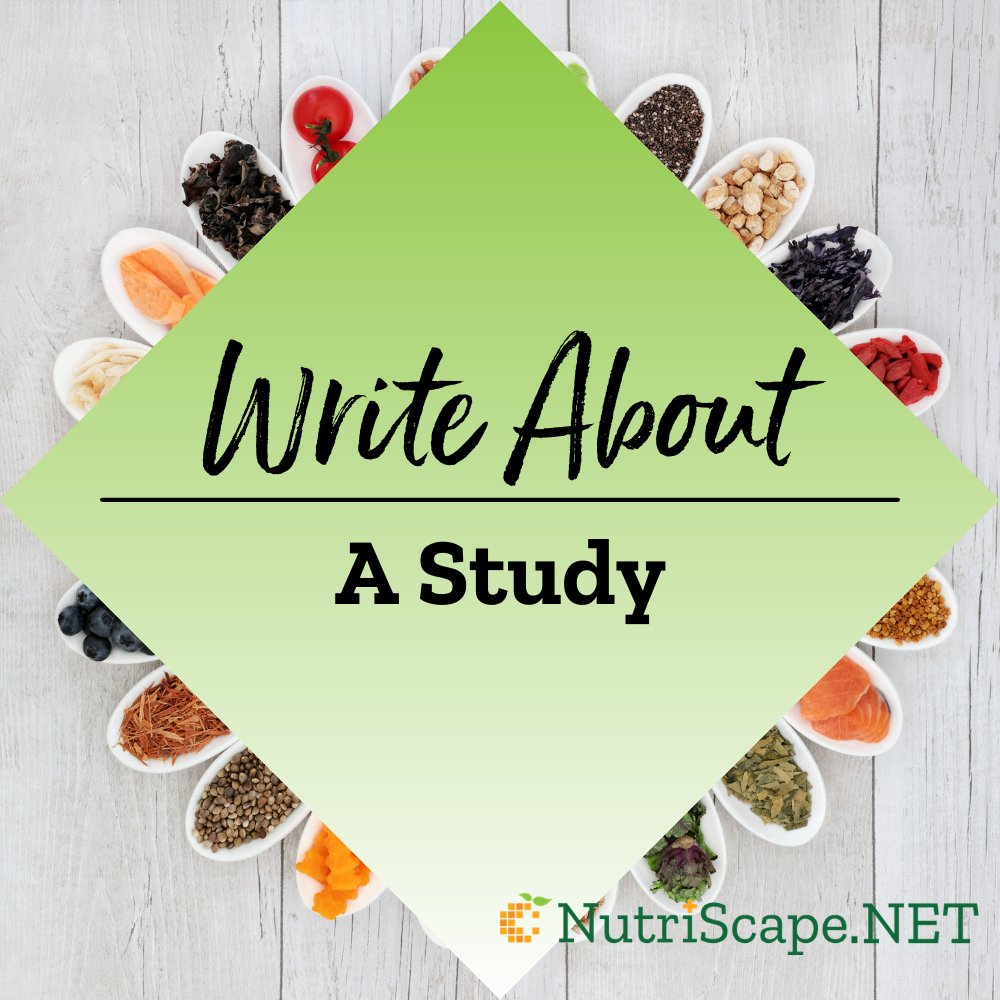


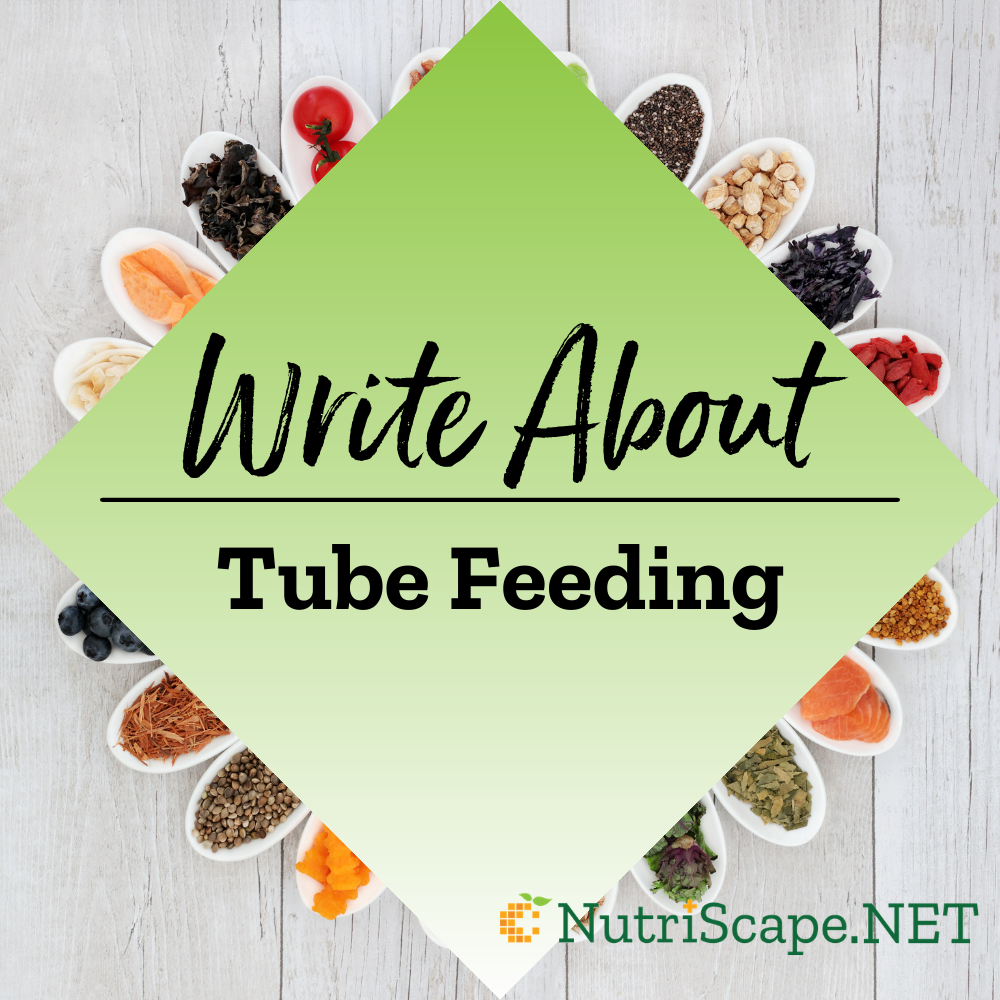


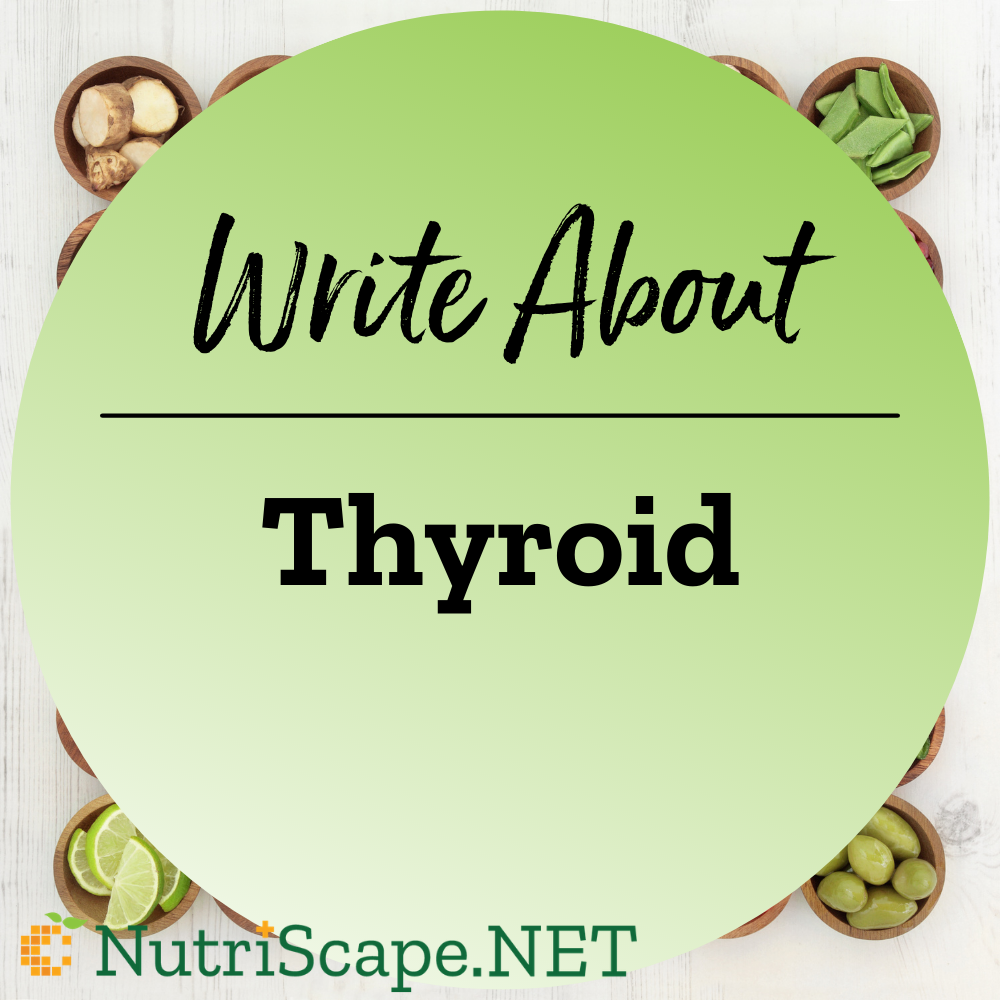

 It may be one of the smallest organs in the human body, but the thyroid gland plays a colossal role in regulating body functions vital to overall health and well-being.
It may be one of the smallest organs in the human body, but the thyroid gland plays a colossal role in regulating body functions vital to overall health and well-being.

